Related Research Articles
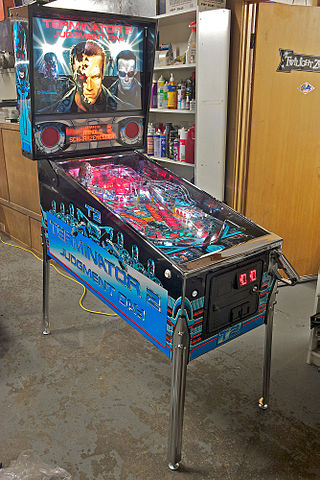
Pinball games are a family of games in which a ball is propelled into a specially designed table where it bounces off various obstacles, scoring points either en route or when it comes to rest. Historically the board was studded with nails called 'pins' and had hollows or pockets which scored points if the ball came to rest in them. Today, pinball is most commonly an arcade game in which the ball is fired into a specially designed cabinet known as a pinball machine, hitting various lights, bumpers, ramps, and other targets depending on its design.
The subscription business model is a business model in which a customer must pay a recurring price at regular intervals for access to a product or service. The model was pioneered by publishers of books and periodicals in the 17th century, and is now used by many businesses, websites and even pharmaceutical companies in partnership with governments.

Bally Technologies, Inc. is an American manufacturer of slot machines and other gambling technology based in Enterprise, Nevada. It is owned by Light & Wonder.

WMS Industries, Inc. was an American electronic gaming and amusement manufacturer in Enterprise, Nevada. It was merged into Scientific Games in 2016. WMS's predecessor was the Williams Manufacturing Company, founded in 1943 by Harry E. Williams. However, the company that became WMS Industries was formally founded in 1974 as Williams Electronics, Inc.
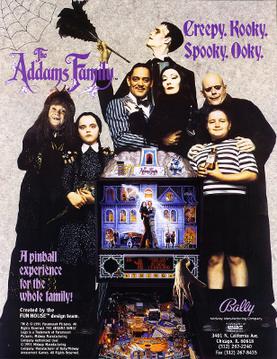
The Addams Family is a pinball machine released in March 1992. It was designed by Pat Lawlor and Larry DeMar and released by Midway. It was based on the 1991 film of the same name, and features custom speech by the stars of the film, Anjelica Huston and Raul Julia. It is the best-selling solid state pinball machine of all time with 20,270 units sold.
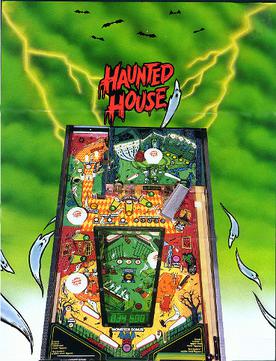
Haunted House is a pinball game released in October 31 1982 by Gottlieb. It was the first game with three playfields that the ball can move between, including one below the main playing surface. Haunted House was designed by John Osborne, with artwork by Terry Doerzaph. It is part of Gottlieb’s “System 80” series of pinball machines.
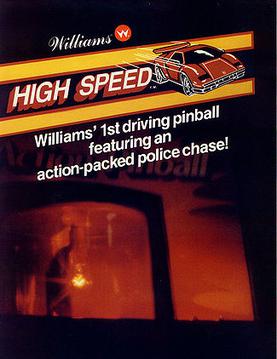
High Speed is a pinball game designed by Steve Ritchie and released by Williams Electronics in 1986. It is based on Ritchie's real-life police chase inside a 1979 Porsche 928. He was finally caught in Lodi, California on Interstate 5 and accused of speeding at 146 miles per hour (235 km/h).
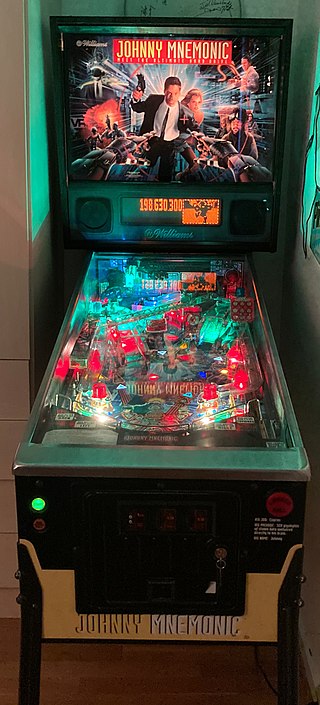
Johnny Mnemonic is a 4 player pinball machine from August 1995, manufactured by Williams Electronic Games, Inc. A total of 2,756 units were produced.

Hemmings Motor News is a monthly magazine catering to traders and collectors of antique, classic, and exotic sports cars. It is the largest and oldest publication of its type in the United States, with sales of 215,000 copies per month, and is best known for its large classified advertising sections. The magazine counts as subscribers and advertisers practically every notable seller and collector of classic cars, including Jay Leno and his Big Dog Garage, and most collector car clubs are included in its directory.
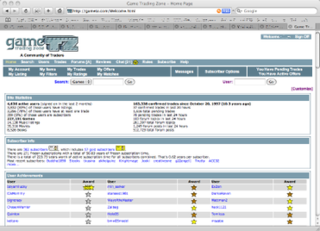
GameTZ.com is an online trading community established in late 1996 which allows people to trade video games, books, music, movies, and other items through negotiating with other traders from countries worldwide. Once a trade is completed, a record is created on the site for future reference.
GameRoom Magazine is an American magazine focusing on game room products. It was founded in 1988 by Dave C. and Donna Cooper of New Albany, Indiana, and was created to serve the growing market of coin-op memorabilia collectors, hobbyists, and restorers. The first issue, dated January 1989, focused on jukeboxes. The magazine also covered other coin-operated playthings, such as pinball machines, slot machines, and gumball machines, in addition to related items such as carousels, gas station memorabilia, and antique ice cream scoops.
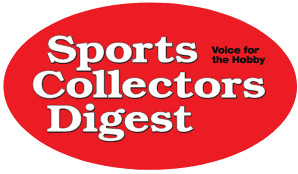
Sports Collectors Digest (SCD) is an American advertising weekly paper published at Iola, Wisconsin. The magazine provides an avenue through which sellers, traders and avid buyers of sports cards and other memorabilia may interact.
Brian R. Eddy is an American game designer and programmer, best known for designing Attack From Mars pinball for Midway and programming FunHouse and, with Larry DeMar, The Machine: Bride of Pin*Bot. While at Williams Electronics / Midway Games, he also designed Medieval Madness, and programmed Indiana Jones: The Pinball Adventure. Eddy holds three patents related to game design.
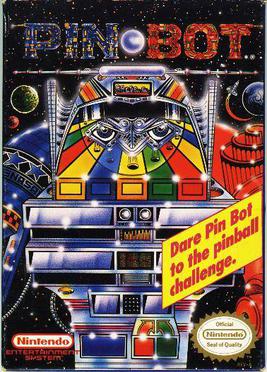
Pin Bot is a pinball video game developed by Rare and published by Nintendo for the Nintendo Entertainment System. It was released in North America in April 1990. It is a conversion of the pinball machine by the same name. The NES version of the game accurately reproduces some of the game-play and aesthetics of the pinball machine, while introducing new features and added challenges.
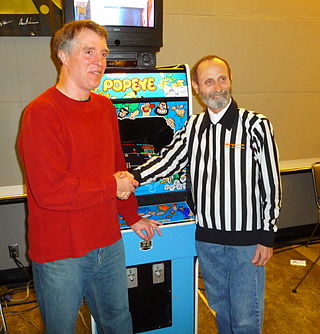
The Northwest Pinball and Arcade Show is an annual pinball and arcade game festival held in Tacoma, Washington, United States.

Button collecting is the collecting of various types of clothing buttons.
Game Plan was a pinball manufacturer that produced pinball tables from 1978 to 1985. Game Plan was a subsidiary of AES Technology Systems and was located in Elk Grove Village, Illinois. Game Plan's president was former Chicago Coin table designer Wendell McAdams.
Mark Ritchie is an American pinball designer and video game producer. He is best known for his successful pinball designs from 1982-1996. He has continued to work in the coin-operated amusement industry, currently serving as production coordinator for Raw Thrills, Inc. / Play Mechanix, Inc. Mark is the younger brother of fellow pinball designer Steve Ritchie.
Time Warp is a 4-player Solid State Electronic pinball machine from September 1979 produced by Williams. A total of 8,875 units were produced.
References
- ↑ Ruben, Adam (2017-11-01). Pinball Wizards: Jackpots, Drains, and the Cult of the Silver Ball. Chicago Review Press. ISBN 978-1-61373-593-0.
- ↑ Gunderloy, Mike (1993). Factsheet Five: Issues 47-48. Pretzel Press.
- ↑ Stevens, Tim (2025-01-06). "Meet the man keeping hope, and 70-year-old pinball machines, alive". Ars Technica. Retrieved 2025-01-06.
- Michael Shalhoub (2005). The Pinball Compendium: 1982 to the Present. Schiffer Books for Collectors. West Chester, PA: Schiffer Pubg. ISBN 0-7643-2300-8.